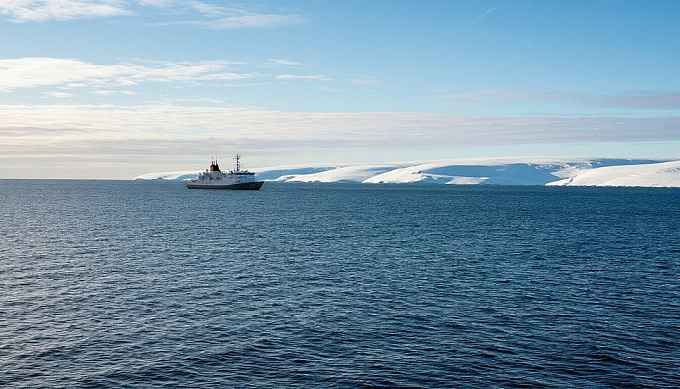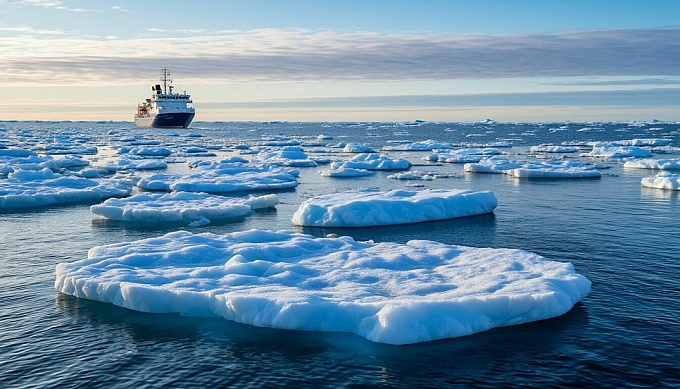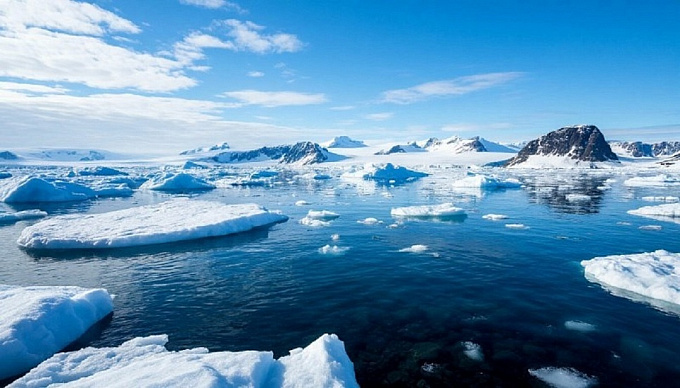University scientists have discovered that tire and road debris are entering Arctic seas far from cities.
Scientists from the Department of Industrial Ecology at Gubkin Russian State University of Oil and Gas (National Research University), together with researchers from Far Eastern Federal University, have studied for the first time the environmental impact of tire and road debris on the Arctic Ocean. The research confirmed that tire debris is entering Arctic seas far from cities. This pollution affects the genomes of marine animals, causing mutations, and can be ingested by humans.
For three years, the researchers studied the state of the Arctic Ocean's marginal seas: the Barents, Pechora, Kara, Laptev, East Siberian, and Chukchi seas. They collected samples of microplastics from the sea surface to determine their composition and impact on the biosphere.
"The marginal seas were chosen because they are critical components of the Arctic ecosystem. They have a significant impact on climate change across the planet. The Arctic Ocean ecosystem is one of the most vulnerable on Earth," explained Elena Mazlova, Head of the Industrial Ecology Department at Gubkin University.
Sample analysis confirmed that particles generated by the friction of tires on paved roads are entering the Arctic seas. In addition to polymers and resins, these particles include impurities from asphalt, gasoline, motor oils, and paints. The average particle weight is 0.55 milligrams and the size is 1.20 by 1.10 millimeters.
Tire and road debris enter the Arctic Ocean from Siberian rivers—the Lena, Yenisei, and Kolyma—and sea currents. These pollutants become food for zooplankton, which are consumed by larger fish, birds, and marine mammals. Some of these animals are consumed by humans and are caught industrially.
Components found in tire and road particles affect the genomes of living organisms, disrupting reproduction, growth, and development, leading to mutations and malignant tumors. The polyurethane varnish found in the particles alters the biosynthesis of amino acids in cellular DNA.
"Studying the physicochemical properties of tire and road particles entering the ocean opens up opportunities to find a way to recycle them. This will be the next stage of research," emphasized Elena Mazlova.
The environmental impact of tire particles began to be studied only recently—about 10 years ago. American biologists first drew attention to this pollutant. Scientists discovered microscopic plastic fragments, similar to pieces of tires, near the road. This led to the realization that tire particles have a much greater impact on the environment than previously thought.
Several studies conducted between 2014 and 2025 showed that tire abrasion products account for between 35% and 85% of all microplastic particles entering terrestrial and aquatic ecosystems.


